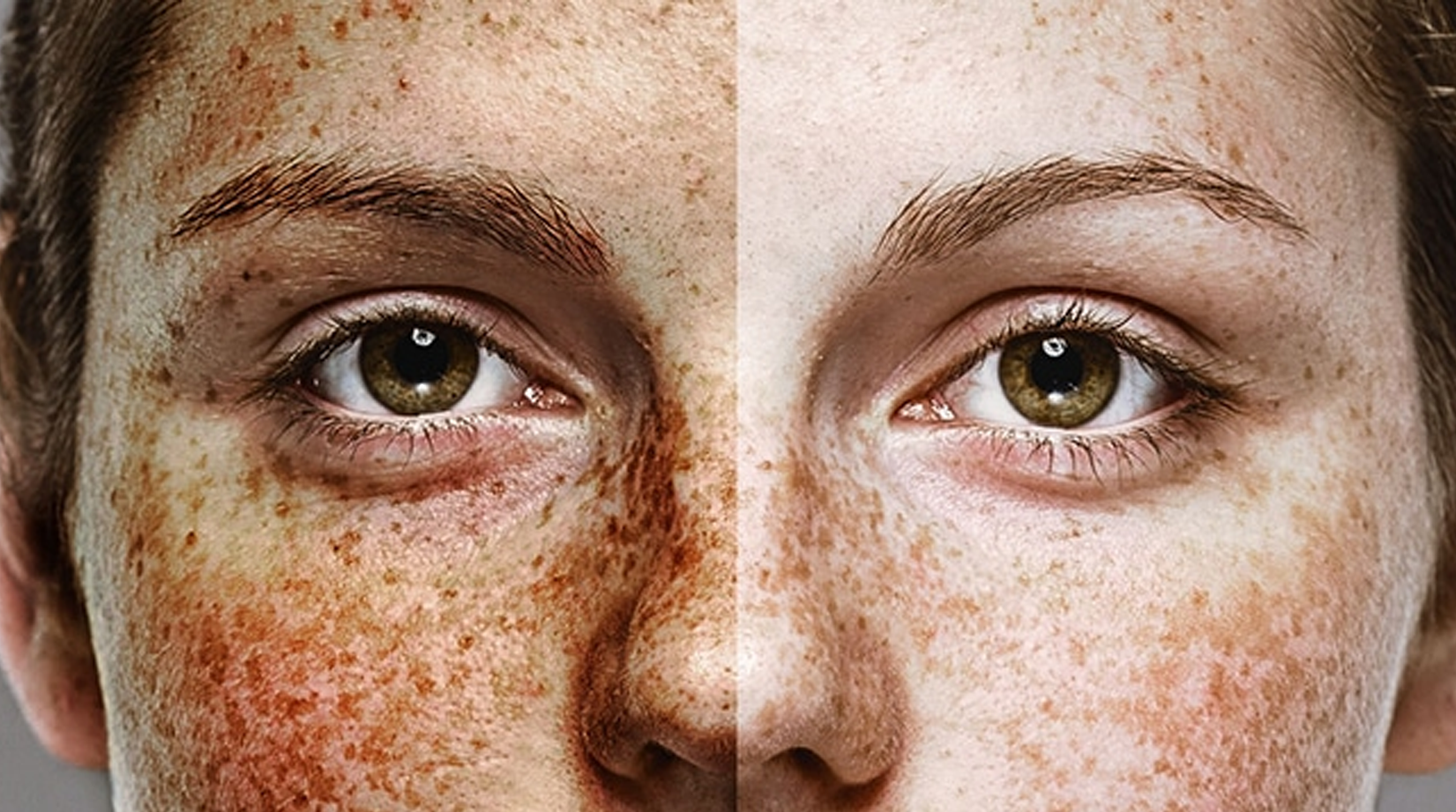
Introduction
Human skin increases melanin production in the skin to protect itself from the damaging effects of the sun. This extra melanin gives the skin a darker or a tanned look.
In some cases, the sun causes an uneven melanin production causing irregular colouring of the skin. The sun can also cause a permanent stretching of the small blood vessels leading to a mottled, reddish appearance of the skin.
Sun Damage Conditions
Some of the skin conditions caused due to skin damage are:
- Sunburn: occur when there’s damage to the skin cells’ DNA and these injuries can add up and lead to wrinkles and skin cancer. Wearing sunscreen and reapplying it at least every 80 minutes and staying in the shade will protect the skin from future UV radiation. This will also give the skin’s enzymes time to repair some of the damaged DNA.
- Dry Skin: are the rough patches of skin formed under the sun. A scrub or a loofah can be used to gently exfoliate and remove the top layer of dead skin cells revealing the soft skin beneath. Then moisturize with lotion.
- Wrinkles: usually occur due to aging, but UV rays can break down collagen and elastin that keep the skin firm and smooth causing early wrinkles. Beta-carotene, Retinoids, Chemical peels, Microdermabrasion and Laser therapy are some treatment options used to iron out the wrinkles.
- Sun or Age Spots: are usually treated by Skin-lightening creams, Cryotherapy, Retinoids, Chemical peels, Microdermabrasion, and Laser therapy.
- Melasma: are dark patches usually occurring on the cheeks and forehead.
- Solar lentigines: also called liver spots, are flat spots of increased pigmentation appearing on areas most exposed to the sun, such as the face, hands, arms and upper back.
- Labial lentigo: is a dark brown lesion on the lips that develop after repeated sun exposure.
- Solar Elastosis: Ultraviolet radiation breaks down the skin's connective tissue lying in the deeper layer of skin making it lose its strength and flexibility.
- Poikiloderma: are irregular areas of reddish-brown pigmentation usually found on the neck and chest in chronically sun-exposed areas.
- Actinic Keratoses: are rough, scaly raised patches ranging from almost white to tan to dark pink or brown. If left untreated, may progress to a type of skin cancer called squamous cell carcinoma.
- Lentigo Maligna: starts as a dark flat spot that slowly darkens and enlarges. It might develop into a melanoma, a type of skin cancer that begins in the top layer of skin and then invades the underlying skin layer.
Prevention
- Use sunscreen (SPF 15 or higher)
- Exfoliate
- Bleach the brown spots.
- Avoid the sun between 10 a.m. and 3 p.m.
- Hydrate
- Visit a dermatologist.


